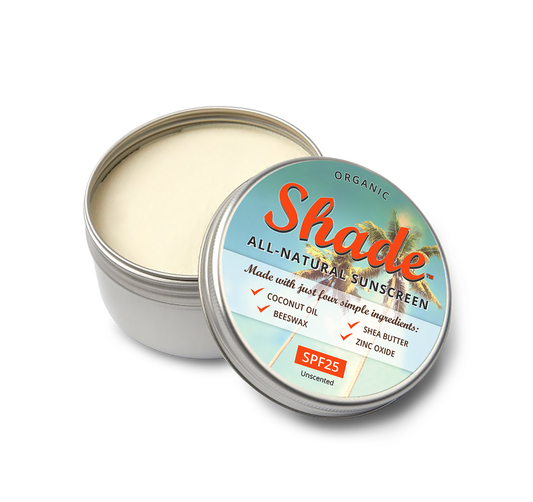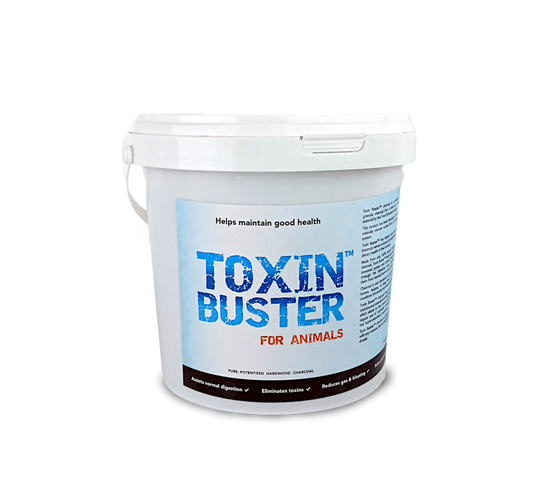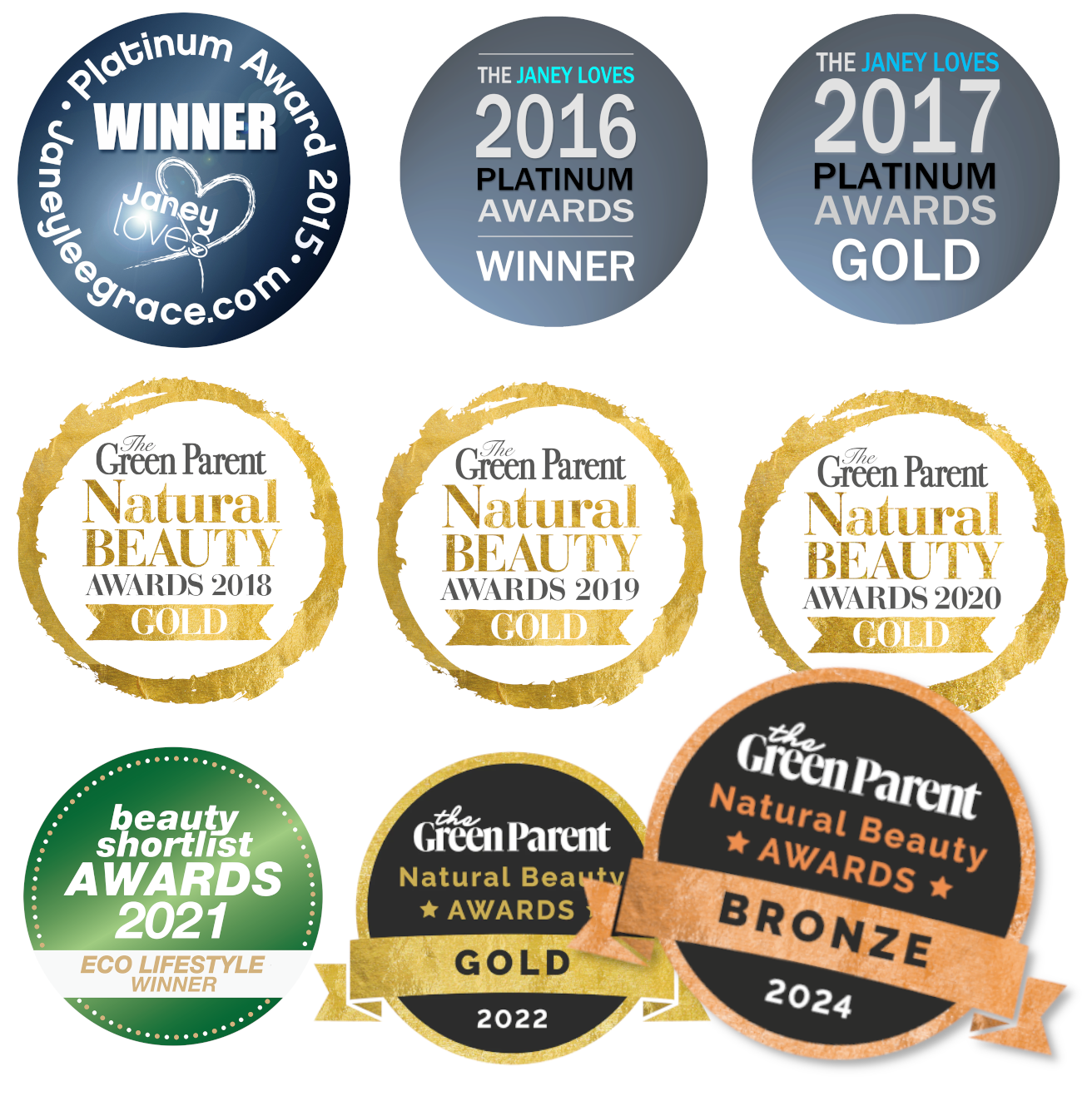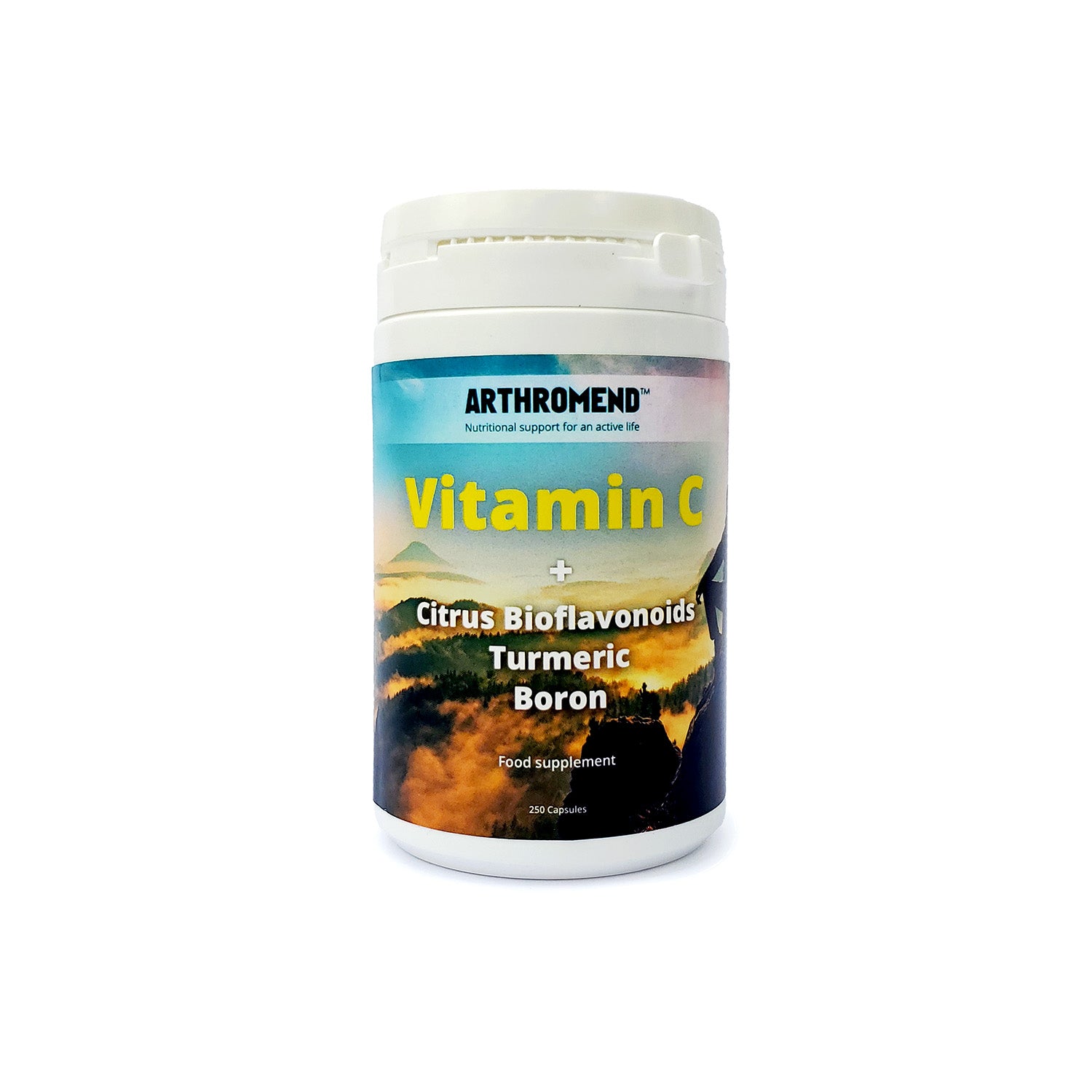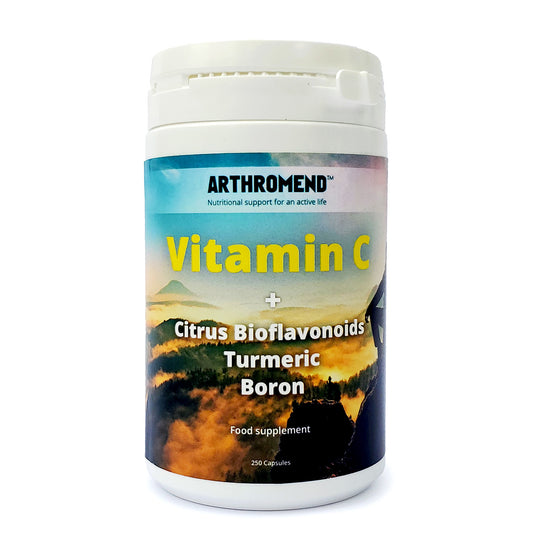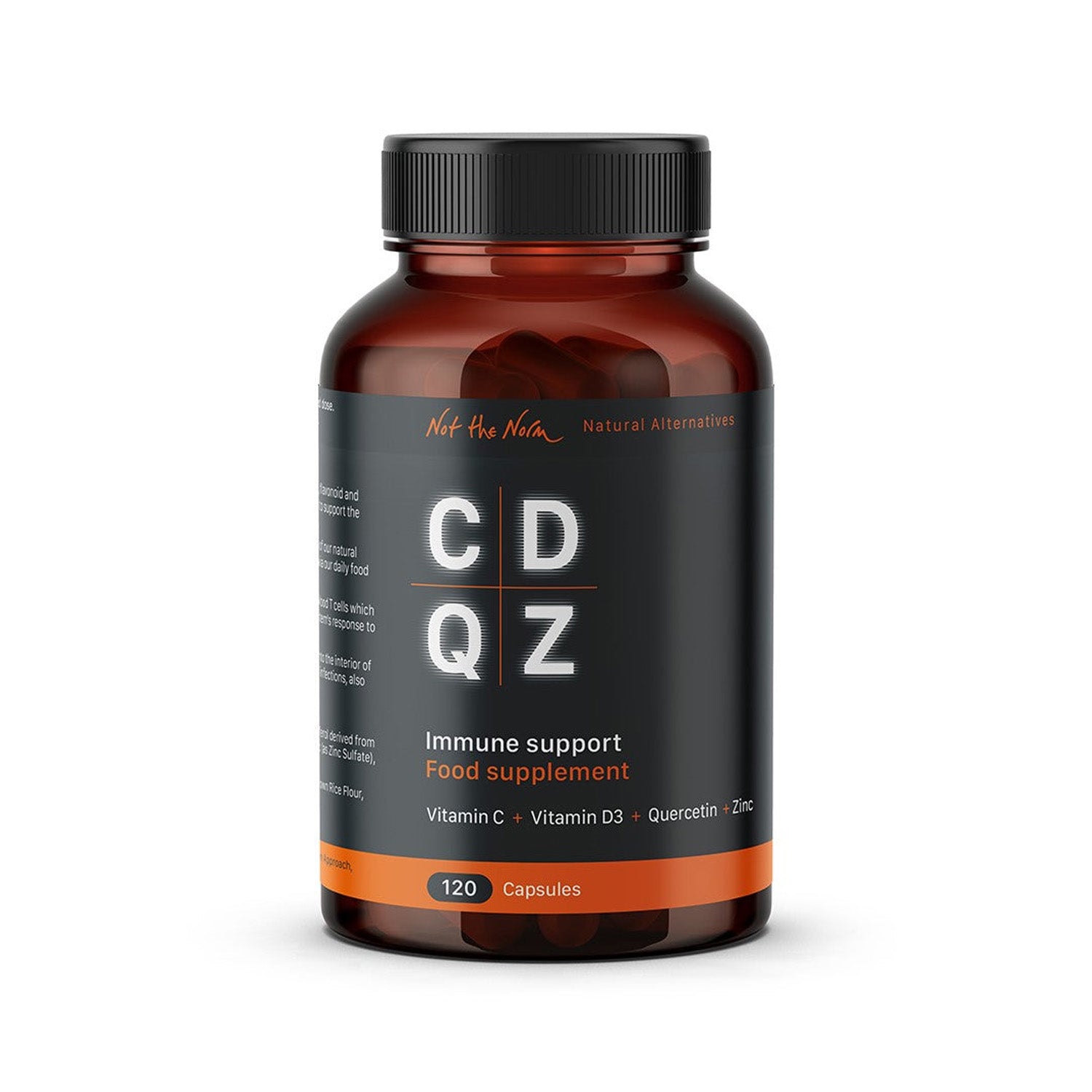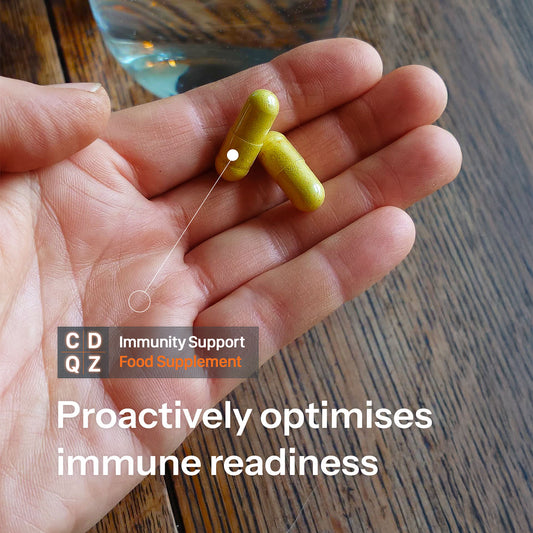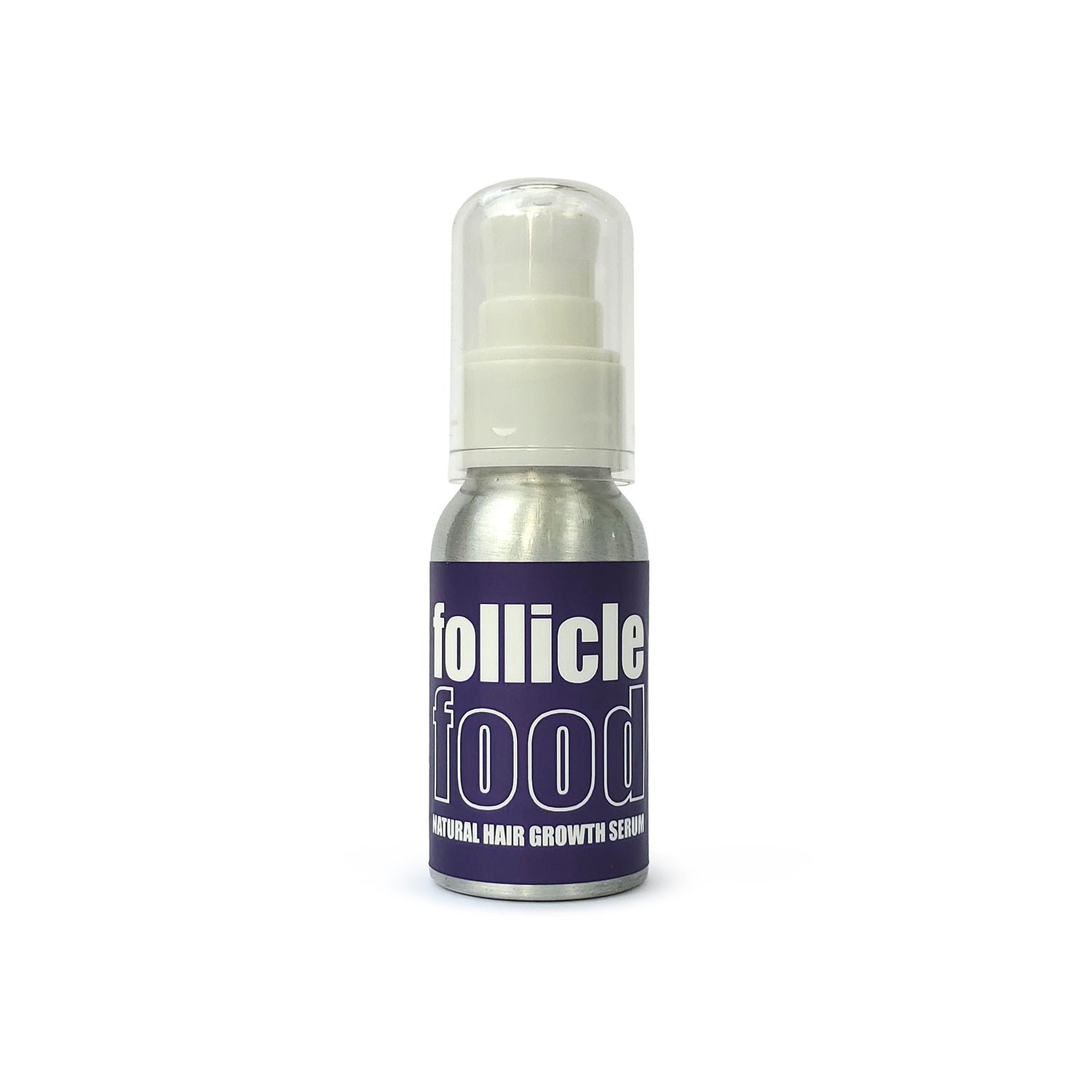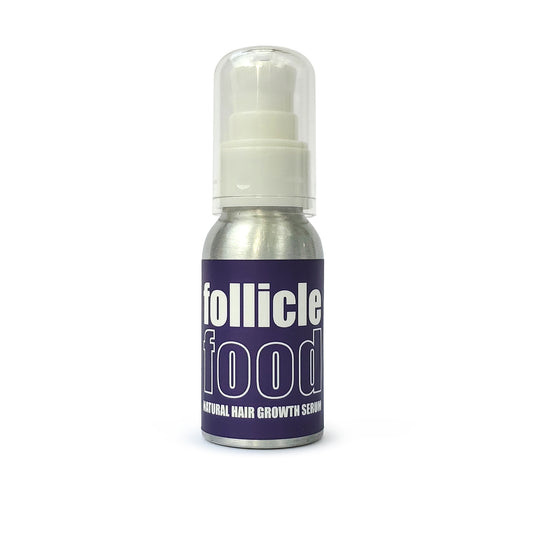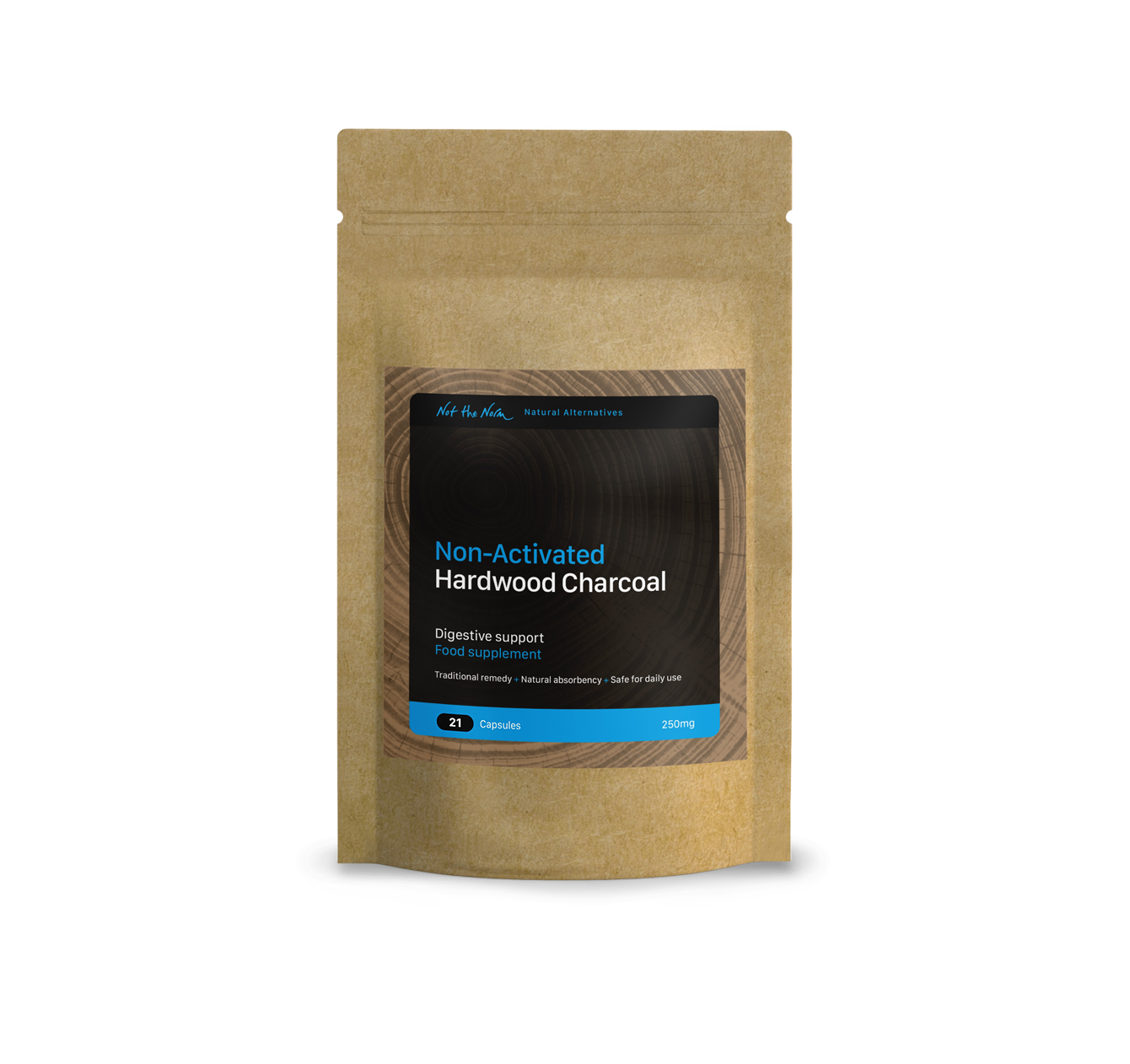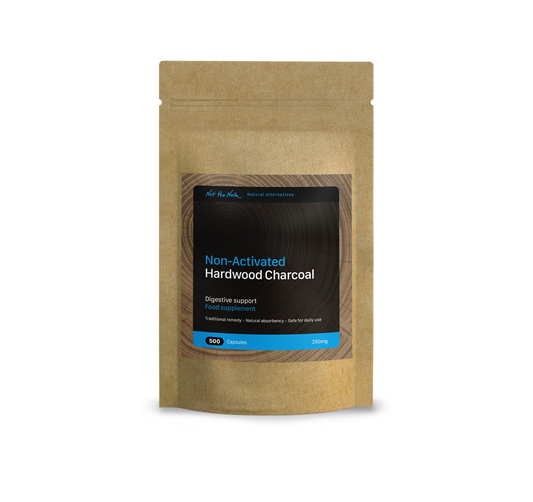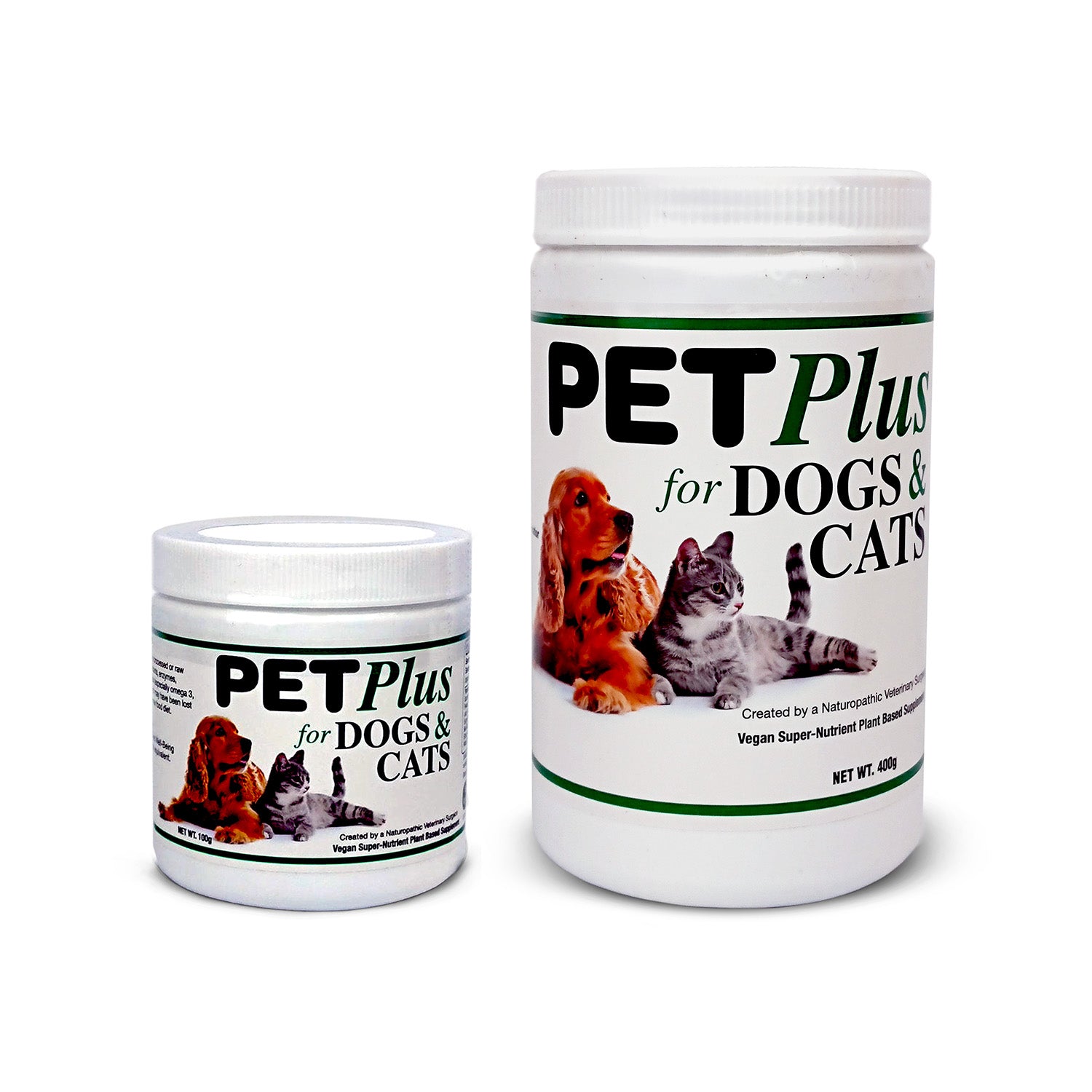Mankind has used tobacco (and hemp) for millions of years with no particular side-effects. We must remember, however, that up until recently mankind lived much closer to the earth, his diet contained a full range of trace elements needed to maintain superior health and the tobacco products we used were a natural crop derived from healthy soil and environments.
In the run-up to the First World War, the majority of smokers smoked Turkish tobacco and Latakia is still available in specialist tobacconist shops. It was only with the outbreak of war and the horror of the trenches that young men turned to different sources of tobacco to get the 'lift' they needed to carry on. The main source of this tobacco was America where until the end of the 19th century, most, if not all, of the tobacco had been grown on healthy soil with little in the way of chemical additives and was brown in colour.
Phosphates and Superphosphates
With the huge increase in demand for tobacco, the tobacco growing lands soon became exhausted and farmers had recourse to adding phosphate to the soil as a fertiliser. This phosphate was derived from Guano imported from Chile and from processed animal bones which were then crushed and added to the land. Neither of these sources of phosphate produced any particular changes in the crop, it was still brown and still relatively non-toxic. However, shortly after that and with the vast increase in production of phosphates required for the war effort, superphosphates were developed which had a significant effect. The tobacco now grew very abundantly and vigorously but was a bright gold in colour (golden Virginia!) and contained high levels of phosphates.
This tobacco was imported in bulk and turned into cigarettes which were then cold for use in the trenches and across industry.
General patrolling the trenches on inspections would say to young subalterns, "put that filthy thing out!" when they caught them smoking this new form of tobacco (they being of the old guard regarded only Balkan or Turkish tobacco as being the only real thing!)
This new form of tobacco was cheap and readily abundant, also we must remember that at that time Turkey was on Germany's side in the First World War, so importation of the 'real thing' was difficult. So much easier to buy it from America, our 'ally' and it provided vast profits for the British American Tobacco company and others.
With the advent of this tobacco came a variety of evils. Whilst these cannot be attributed directly to this new tobacco, it is probably one of the factors which brought about a decline in health witnessed by that generation.
Vast increases in bronchitis, asthma and, believe it or not, influenza are to some degree attributable to a falling off of the general health of he population and reduced immune systems.
The bottom line here is that you cannot force superphosphate-related products into the food chain without it having some consequence (I know cigarettes aren't regarded as food but that's the best way of describing how their use invaded human lives).
An excess of superphosphates drives the body's immune system too hard and exhausts the cellular energy motor (the krebs cycle) whose job it is to produce phosphorous as an energy source within the body. Drive any mechanism too hard and it will break down and ill-health becomes the legacy of over-fertilisation with superphosphates.
Nowadays, tobacco is responsible for the ingesting of 4,000 different toxins into human bodies. The death toll which this practice engenders is appalling and the government moves to prevent tobacco smoking are a very good idea indeed.
However, you can smoke tobacco safely provided only that you source it from a supplier who does not use masses of superphosphate to grow his crops (here again try Cuba, Turkey etc) and whilst you cannot smoke with absolute impunity, you can certainly improve your chance very significantly by smoking tobacco which has not been 'forced' with superphosphate.
There's one other thing you can do to reduce the health risks of tobacco smoking and that is to take a daily dose of active charcoal. This form of charcoal is the best toxin buster in the world and will remove over 4,000 different toxins from the human system.
As your blood circulates and picks up toxins from the lungs, then the addition of Non-Activated Hardwood Charcoal potentised hardwood charcoal helps reduce the effect of the toxins carried within cigarette smoke and thus helps to protect you from them.
Finally, on the subject of charcoal, the stomachs of bodies exhumed from bog graves, some of which dates back 5,000 years, contained up to 25% of charcoal. Clearly, our ancestors knew well the benefits of regular, in fact, daily, addition of charcoal to their diet and prospered mightily from this knowledge. If they hadn't, we wouldn't be here today!
Guest Writer - Keith Foster FLS

10% off Toxin Buster™ Pure Hardwood Active Charcoal with code BODYBURDEN at checkout.
Keith Foster is an author, polymath and scientist.
Did you Know Cigarettes are Radioactive?


